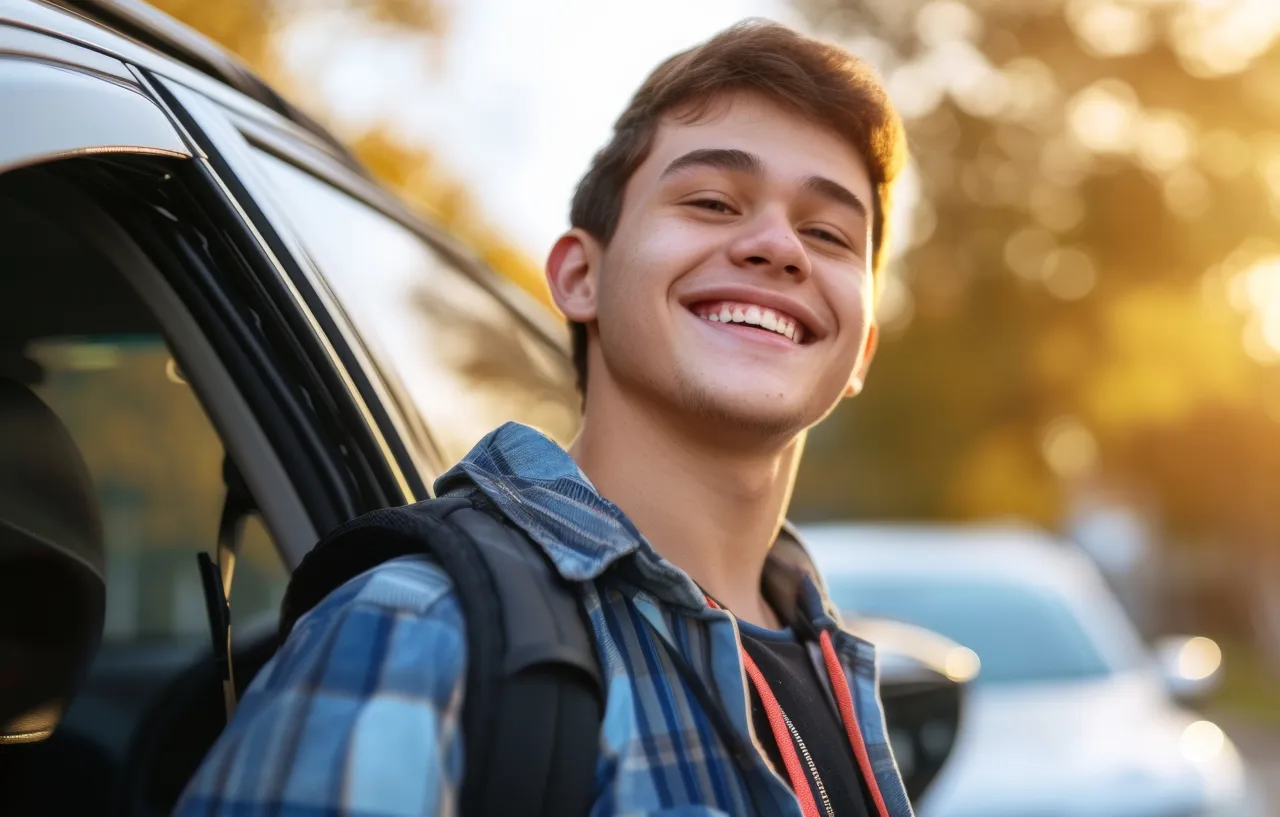EVERY Member of Every Team is Important!
Every team has an essential part to play at certain stages of the recovery

First The School Team/Physical (coach, AT, playground supervisor) and/or the Family Team (parent) have a critical role in the beginning of the concussion as they may be the first to RECOGNIZE and IDENTIFY the concussion and REMOVE the student/athlete from play.
Second Healthcare Provider (HCP) Team then has an essential role in DIAGNOSING the concussion and RULING-OUT a more serious medical condition.
Third For the next 1 to 4 weeks the Family Team and the School Team/Academic will provide the majority of the MANAGEMENT by REDUCING social/home and school stimulation.
Fourth When all FOUR teams decide that the student/athlete is 100% back to pre-concussion functioning, the HCP Team can approve the Graduated Return to Sport (RTS) steps. See the PACE page.
Finally When the student/athlete successfully completes the RTS steps, the HCP Team can determine final “clearance.”
Throughout this book, the terms Return to School, Return to Learn, Return to Activity and Return to Sport are used distinctly and intentionally. However, because they all start with the words “Return to …”, there is much confusion. These definitions will help:
Who will be on the Family Team (FT)? Who from the family will watch, monitor and track the emotional and sleep/energy symptoms of the concussion and how will the Family Team communicate with the School and Medical Teams?
Who will be on the School Team/ Physical (ST/P)? Who at the school will watch, monitor and track the physical symptoms of the concussion? Who is the ST/P Point Person?
Who will be on the School Team/Academic (ST/A)? Who at the school will watch, monitor and track the academic and emotional effects of the concussion? Who is the ST/A Point Person?
Who will be on the Healthcare Provider Team (HCP/T)? How will the HCP/T get information from all of the other teams and who with the HCP/T will be responsible for coordinating data and updates from the other teams?